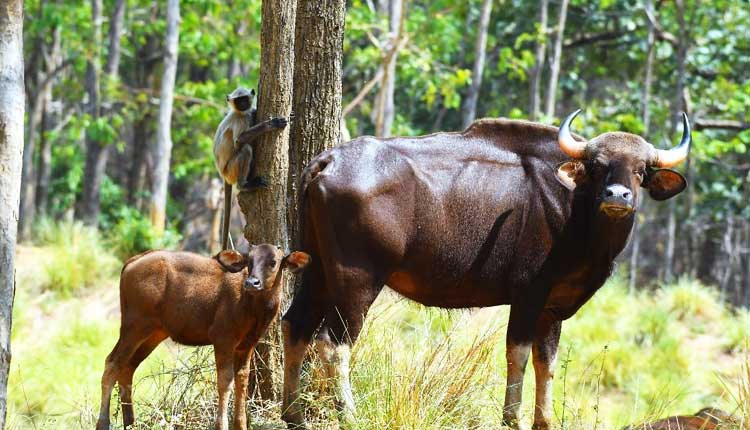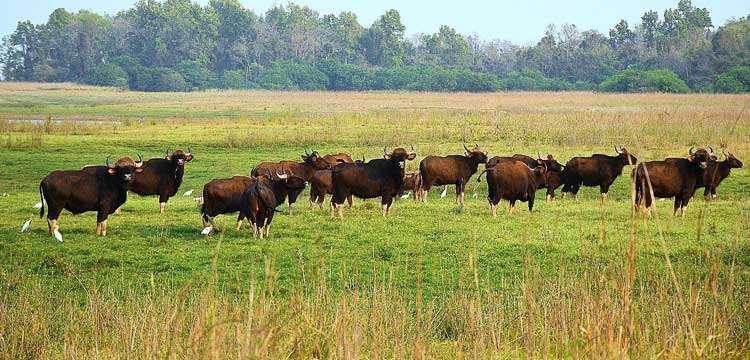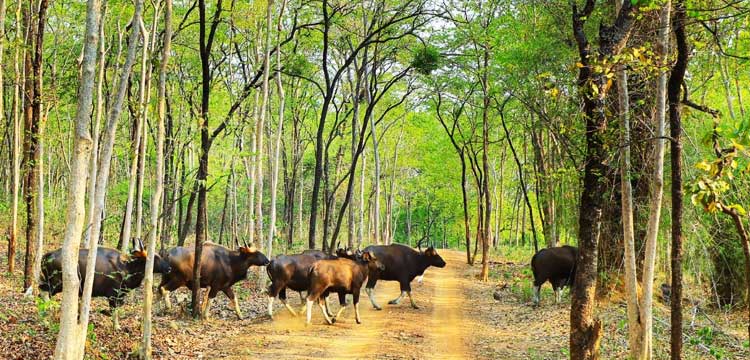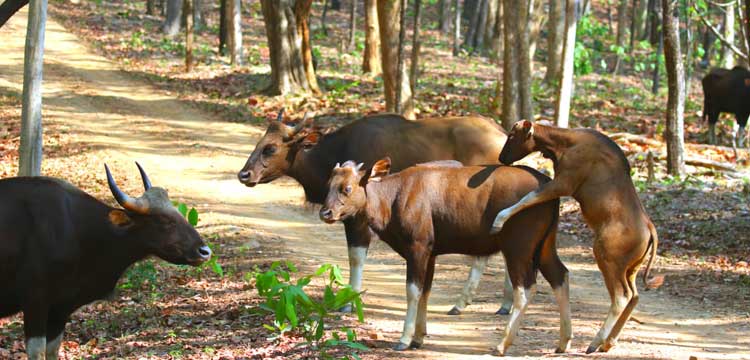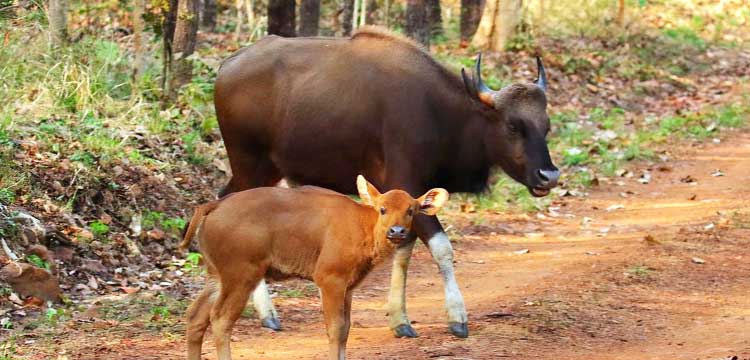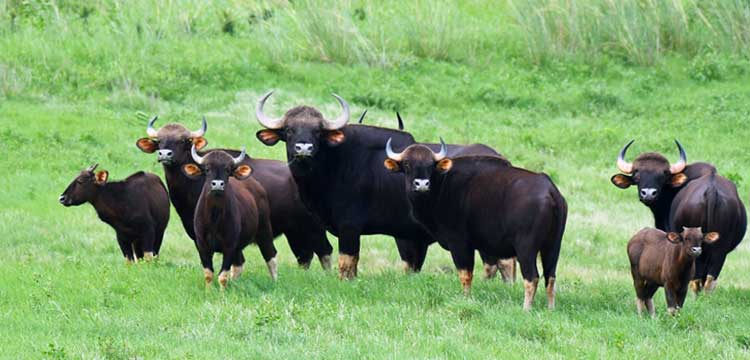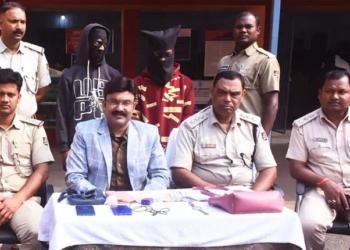Bhubaneswar: The first-ever census of Indian Bison (Gaur), locally known as Gayala in Odia, conducted on November 12 and 13, 2024, at Debrigarh Wildlife Sanctuary, revealed a thriving population of 659 individuals. This includes 210 juveniles, accounting for 30% of the total population, indicating a rapidly growing population.
The census recorded 52 herds within the sanctuary, with herd sizes varying between 8 and 33 individuals.
Several herds, including large bulls weighing up to 1,500 kg and females with calves, were observed in the tourism zone of the sanctuary.
The census methodology utilized direct observation and systematic surveys by 53 census units comprising 114 members.
The exercise covered forest roads, animal trails, grasslands, water bodies, and salt licks, achieving an estimated detection probability of 80%.
While the age-sex classification of the population could not be precisely determined due to dense forests and tall grasses, the robust population structure suggests effective conservation efforts.
The survey also highlighted the sanctuary’s extensive natural resources, including the Hirakud Wetland, which spans 700 sq. km and provides year-round water and ecological balance.
Ecological and Conservation Highlights
Indian Bison, the largest wild cattle species globally, are primarily found in the foothills of Debrigarh, grazing in meadows and feeding on grasses, bamboo, fruits, leaves, and shoots.
Habitat management has focused on improving fodder availability, removing invasive plant species, and regenerating palatable vegetation like bamboo, Siali, Sal, and Sirisa. Meadows in Debrigarh host nutritious grass species, including Chloris, Themeda, and Cynodon, ensuring a healthy diet for the Bison.
Notably, Debrigarh’s core zone remains free of human pressure following the relocation of villages in 2022. This has significantly reduced human-wildlife conflict, with no incidents of Gaur straying or crop raiding reported despite the growing population.
The Indian Bison, listed under Schedule I of the Wildlife Protection Act, 1972, and classified as Vulnerable in the IUCN Red List, has a critical conservation status. With 85% of the global Gaur population in India, Debrigarh Wildlife Sanctuary plays a pivotal role in preserving the species.




